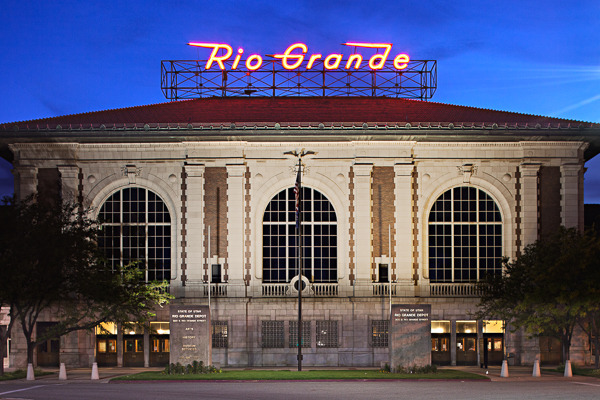Light Color
July 23rd, 2019The light’s temperature or color is the first characteristic of light that we have to address within the camera’s settings before we shoot. The setting is called ‘white balance’ and typically has options for ‘daylight’, ‘incandescent’, ‘florescent’, ‘cloudy’, etc. Each of these settings attempts to modify the camera’s interpretation of the scene and compensate for the color of the light based on an average of ‘cloudy’ (or whatever) light color. They do a decent job but the problem with these settings is that there are only a handful of them and actual light temperature/color is a massive range (Lightroom supports values from 2000 up to 50,000). (Most cameras have an ‘auto’ white balance setting and from my experience it seems to do a decent job under normal conditions.)
A better way to address white balance is to set your camera to capture in ‘raw’ format and address the matter in post processing. Not all cameras can store images in raw format so this may not be an option for you. Once you choose to save in raw format the white balance setting can be ignored (still it’s probably best to set it to ‘auto’) and all color correction can be performed in post processing using software. While this process relies on you the editor to visually get the right color balance you’ll probably be able to tune the image better than using only the handful of settings built into your camera.
The best way to address white balance is to capture in ‘raw’ and include a ‘color card’ in a test shot of the subject. Color cards are small 3x5ish items that include a number of small squares of precise reference colors, including true white. The test shot can then be loaded into your post processing application and the color card can be used to set the reference for true white. The software then chooses the right white balance to achieve true white for that square on the color card. The white balance settings can then be quickly duplicated across the other images in that shoot. This process, while a bit more fiddly, ensures an accurate and precise white balance setting. If you need a high degree of color accuracy in your images, this is the way to go.
(A quick search at Amazon for “photo color checker” turns up a long list of color cards, several that include more than one ‘white’ which can be helpful to fine tune the white balance.)

(Rio Grande Depot, Salt Lake City, UT; Canon 5DMII, TS-E45, 1.6s, f10, ISO 400)
(White balance adjustments can be made on a non-raw image (jpg, etc.) but are not as extensive as with raw format images. If your camera can’t save in raw format your best option is to get as close as you can in-camera and then fine tune the color balance in software.)
